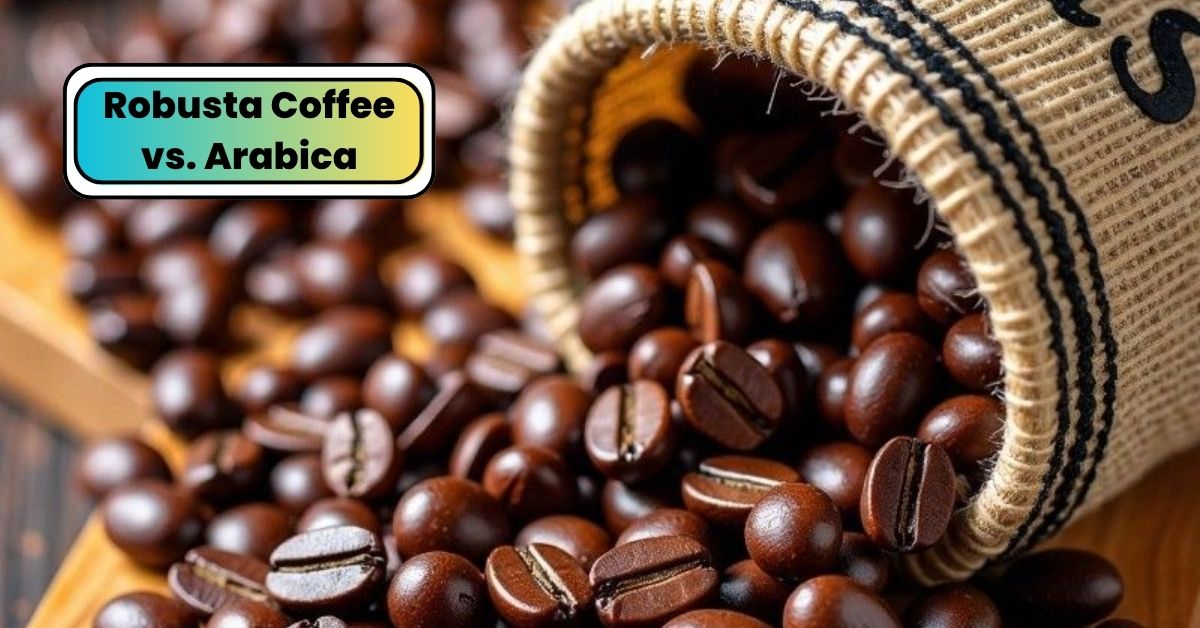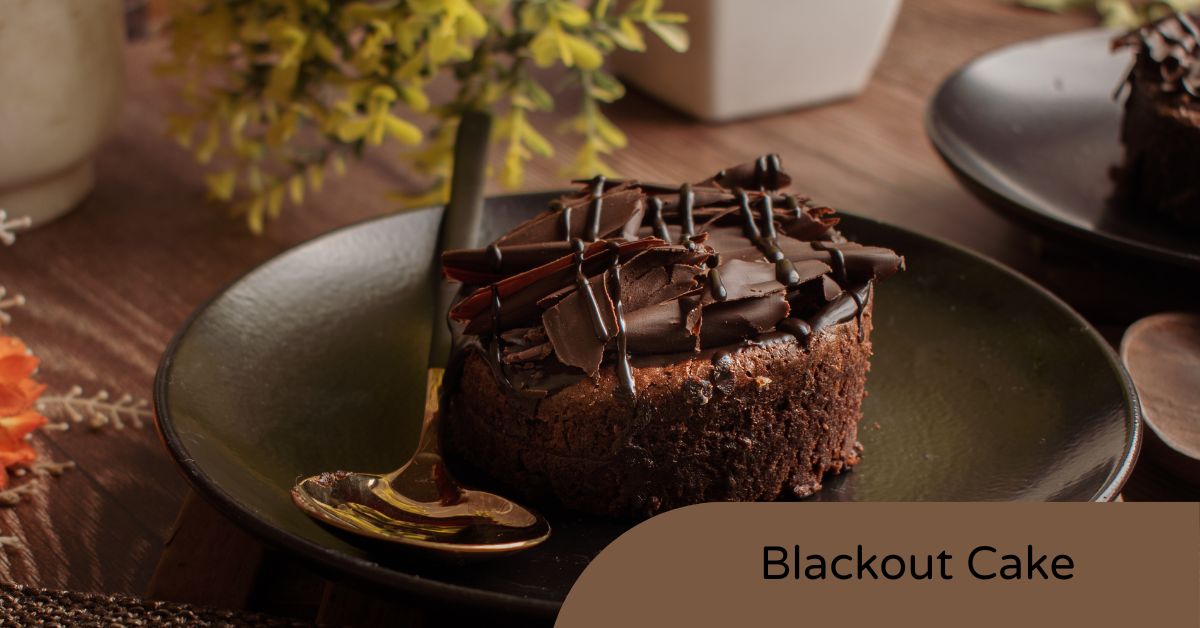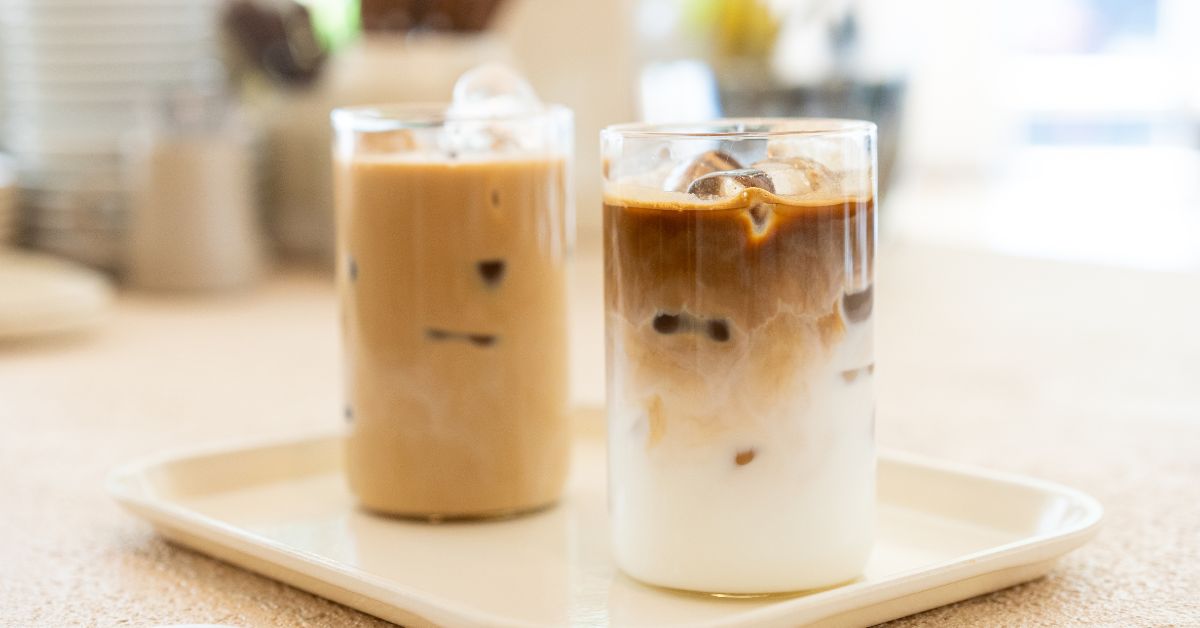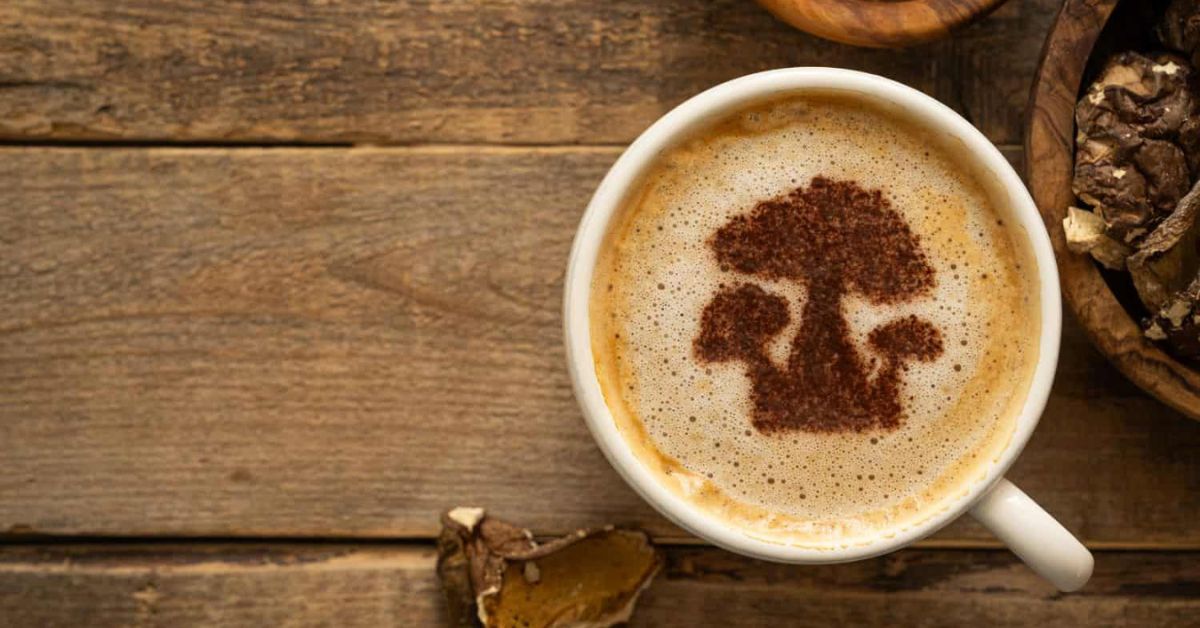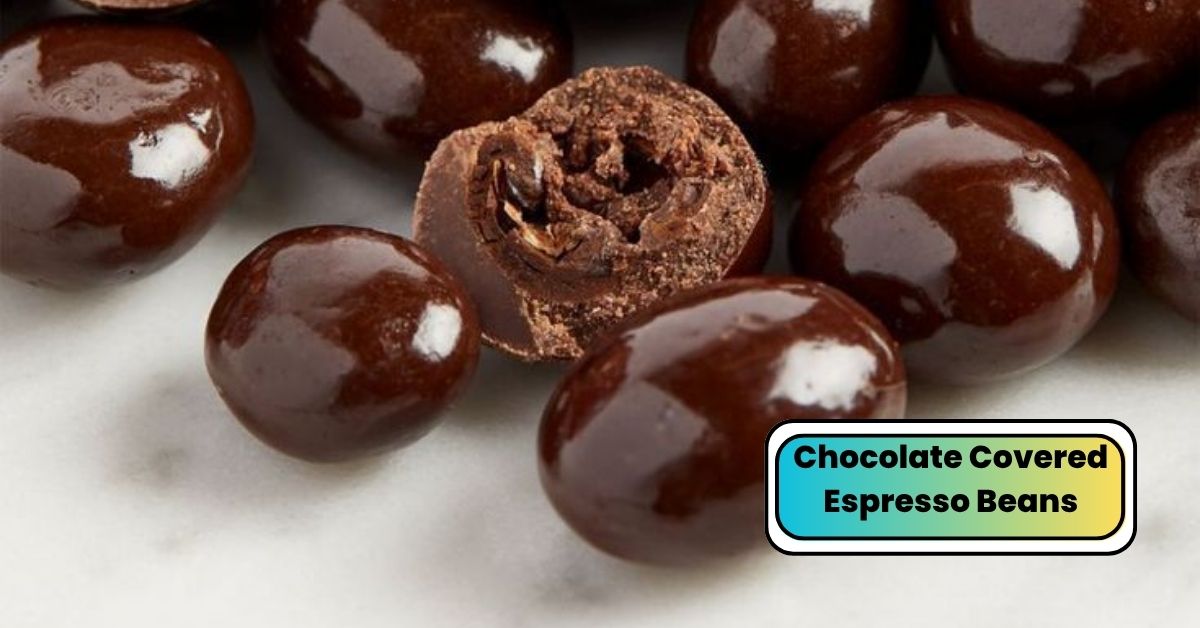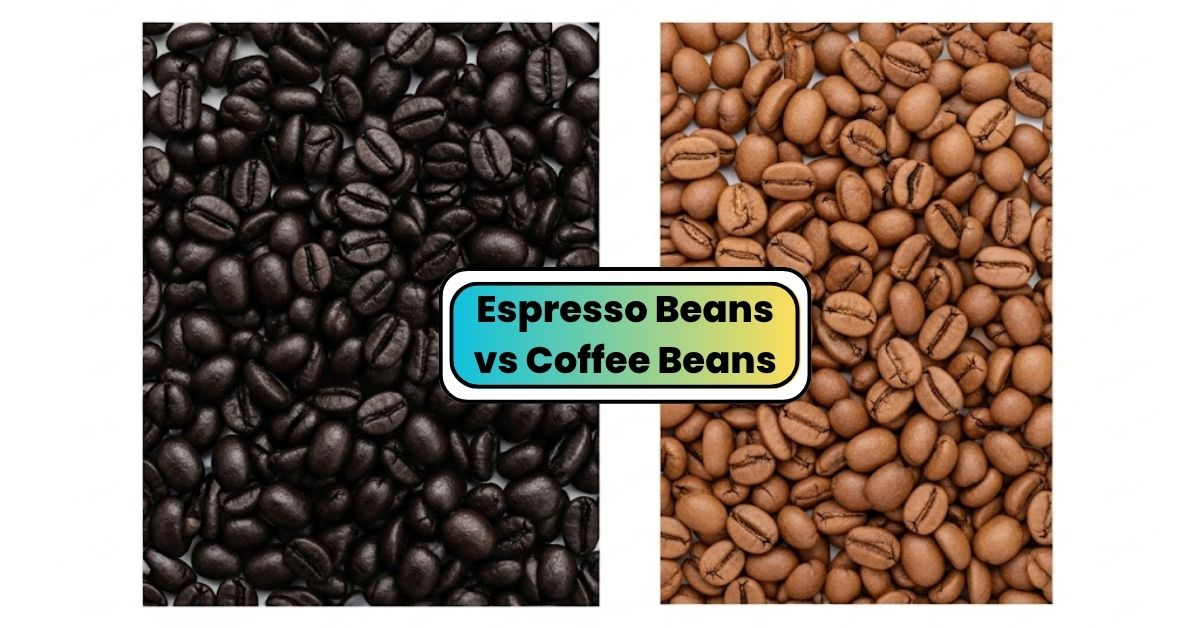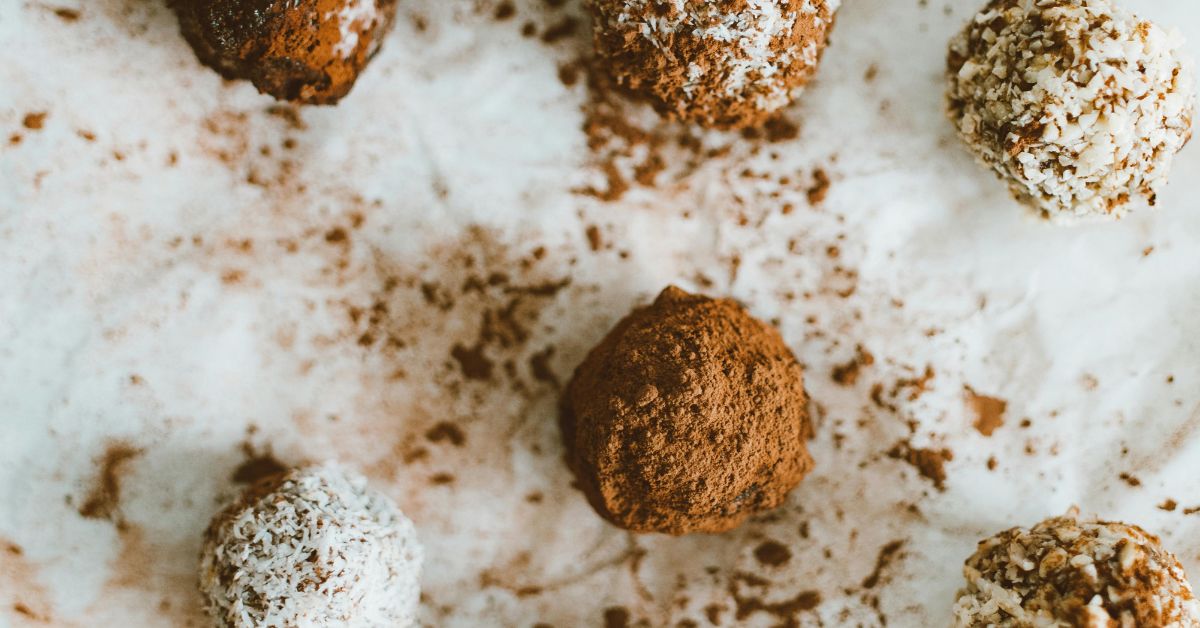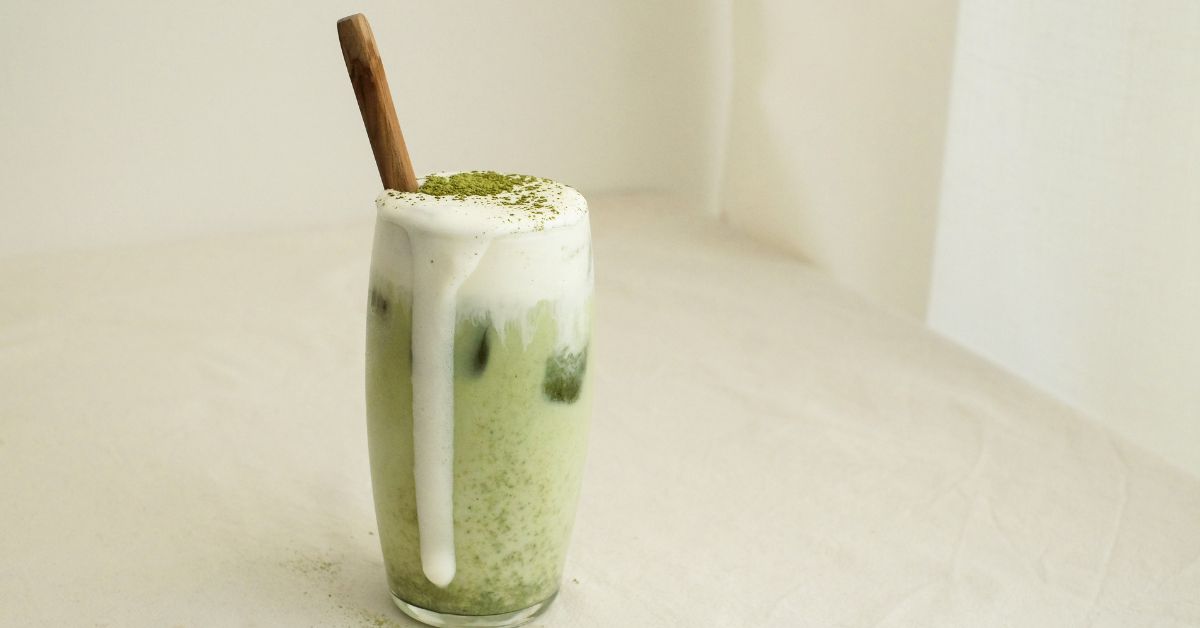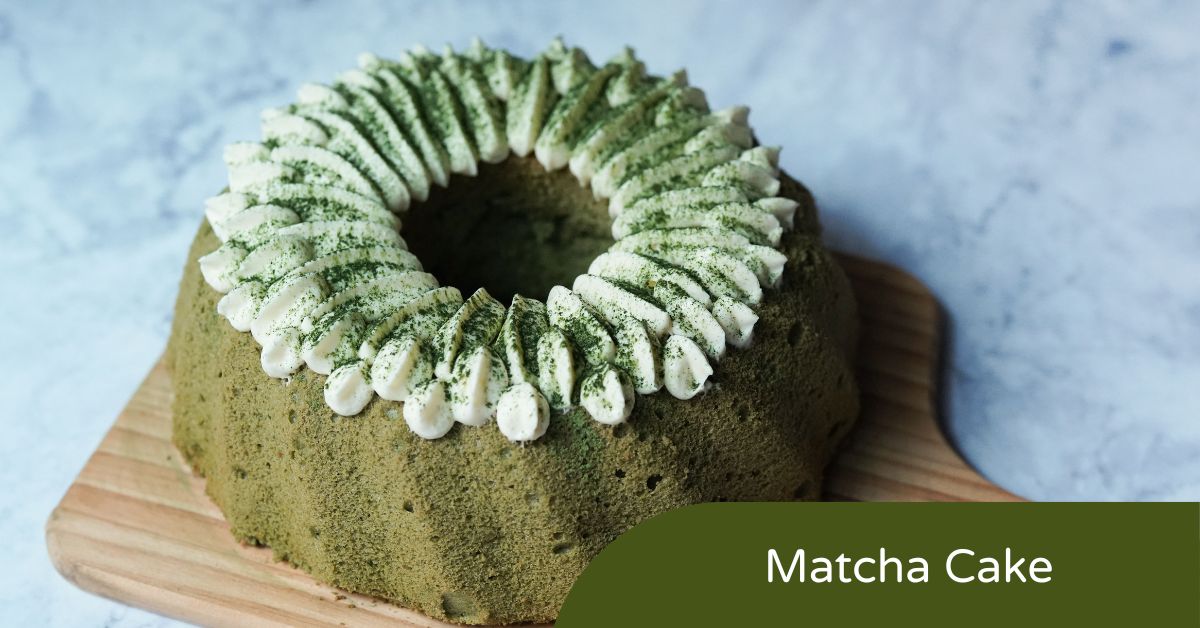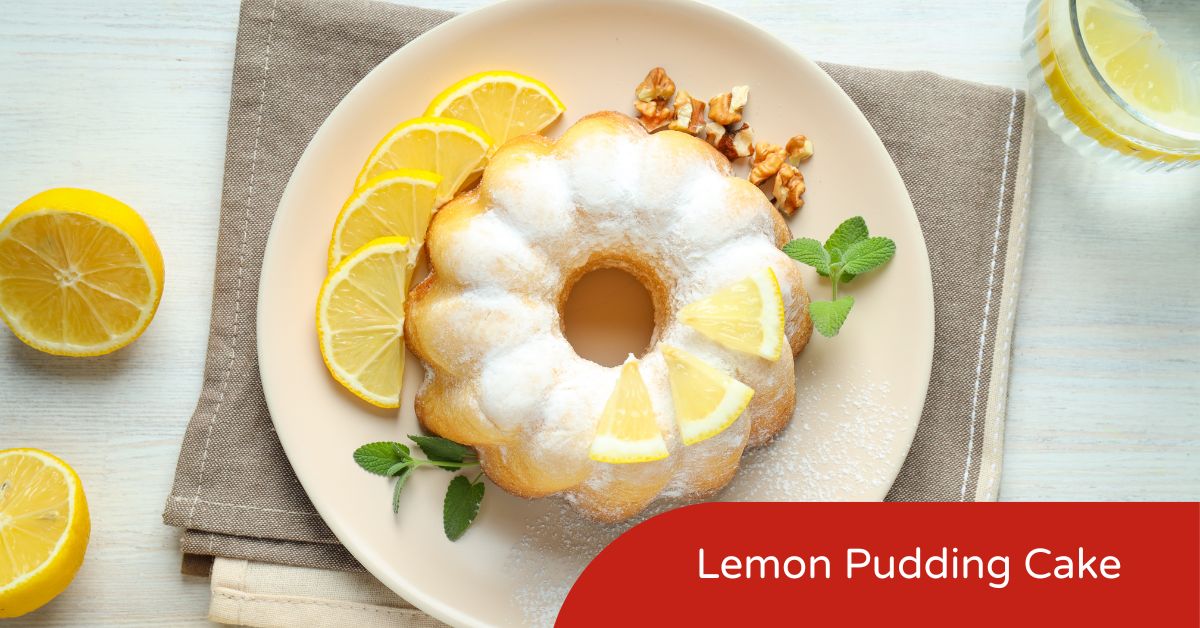When it comes to coffee, most people think about the aroma, taste, and the energy boost it gives. However, not everyone knows that there are two main types of coffee beans: Arabica and Robusta.
If you’ve ever wondered, “Which of the following statements about Arabica and Robusta coffee is correct?”—then you’re in the right place. This article will guide you through the key differences, similarities, and important facts about these two types of coffee beans.
What are Arabica and Robusta Coffee?
Arabica coffee comes from the plant Coffea arabica, while Robusta coffee comes from Coffea canephora. These two species produce most of the world’s coffee beans.
- Arabica makes up about 60-70% of the world’s coffee production.
- Robusta makes up around 30-40%.
Let’s dive into the details to see how they differ and what’s correct about their characteristics.
Which of the Following Statements About Arabica and Robusta Coffee is Correct?
Here are some correct statements about Arabica and Robusta coffee:
- Arabica coffee beans generally have a smoother, more complex flavor compared to Robusta coffee.
- Robusta coffee beans contain more caffeine than Arabica coffee beans.
- Arabica plants are more sensitive to disease and climate changes than Robusta plants.
- Robusta plants are more resilient, easier to grow, and can produce higher yields.
Let’s explore each of these points in more detail.
1. Arabica Coffee Beans Have a Smoother, More Complex Flavor
One of the most important differences between these two types of coffee is the taste. Arabica coffee is known for its smoother and more nuanced flavors. It often has hints of fruit, berries, or even floral notes. Many specialty coffee shops prefer Arabica for this reason.
Robusta coffee, on the other hand, often has a stronger, more bitter taste. Some describe it as earthy, nutty, or even harsh. This makes Robusta popular in espresso blends because it adds a thicker crema and stronger kick.
2. Robusta Coffee Beans Contain More Caffeine
If you’re looking for a bigger caffeine boost, Robusta is the winner. Robusta beans typically contain about 2.2-2.7% caffeine, while Arabica beans usually have around 1.2-1.5%. This higher caffeine content makes Robusta plants naturally more resistant to pests and diseases, which is why they are easier to grow in different climates.
3. Arabica Plants are More Sensitive to Climate and Diseases
Arabica coffee plants are more delicate. They require cooler temperatures, more consistent rainfall, and specific growing conditions. They’re also more susceptible to coffee leaf rust and other diseases.
In contrast, Robusta plants can thrive in hotter, lower-altitude climates. They can handle variable weather conditions better than Arabica plants, making them easier and cheaper to grow.
4. Robusta Plants are Easier to Grow and Produce Higher Yields
Robusta coffee plants are more robust—hence the name. They can produce more cherries per plant, and they grow faster than Arabica. This makes them a favorite among farmers in regions where growing Arabica can be challenging.
Summary
| Feature | Arabica Coffee | Robusta Coffee |
|---|---|---|
| Taste | Smooth, complex | Strong, bitter |
| Caffeine Content | Lower (1.2-1.5%) | Higher (2.2-2.7%) |
| Disease Resistance | Less resistant | More resistant |
| Growing Conditions | Cooler, high-altitude | Hotter, lower-altitude |
| Yield | Lower yields | Higher yields |
Conclusion
When asking, “Robusta coffee, which of the following statements about Arabica and Robusta coffee is correct?” the answer is that all of the above statements about their differences are correct. Arabica coffee is known for its smooth, rich flavor and lower caffeine content, but it’s harder to grow and more sensitive to pests and diseases.
Robusta coffee is stronger in taste, higher in caffeine, and easier to grow, making it a popular choice for instant coffee and espresso blends. Understanding the differences between Arabica and Robusta can help you choose the coffee that best suits your taste and needs.
Whether you enjoy a smooth, refined cup or a strong, bold brew, both types have their unique appeal. So, the next time you sip your coffee, you’ll know a bit more about what’s in your cup—and why it tastes the way it does.

